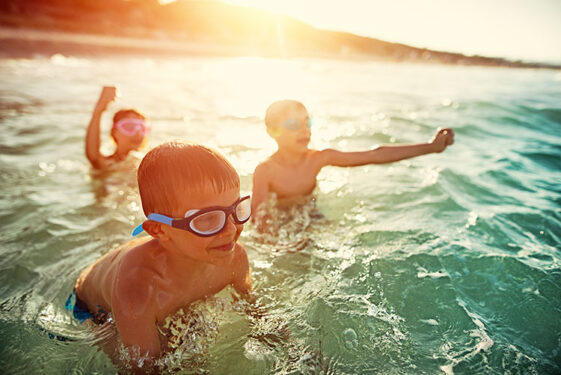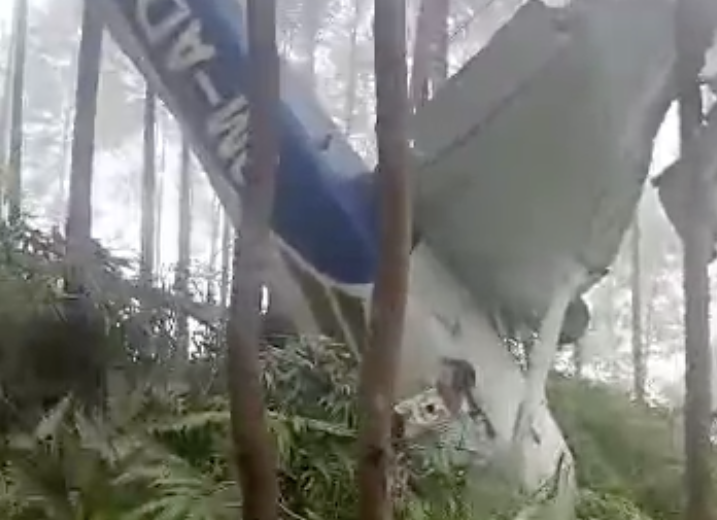Letter to Editor
OUR Youth and Sports Ministry (KBS) ought to be applauded for planning to conduct free swimming lessons to reduce drownings in the country, which number several hundred each year.
The programme could only be carried out in phases, starting in states with the highest number of drownings and where swimming pools are available.
Apart from flooding, there is much water in and around Malaysia. Our coastline is 4,675km, making it the 29th longest in the world.
Indonesia, with around 18,000 islands, has the second longest coastline in the world, totaling 54,716km but only 922 islands are inhabited. The coastline for the Philippines is the fifth longest, at 36,289km from its 7,100 islands.
It would be interesting to find out whether our neighbours have more cases of drowning in the sea than we do. But many drowning cases occur inland, from mountain streams to river estuaries, in lakes and ponds, in drains and flood waters, on construction sites, and in swimming pools.
The average rainfall in our country is high, at 250cm a year, with Kuching having the highest at 413 cm. There have been many instances of people being swept away by swirling flood waters, especially in rural areas.
People in urban areas are also not spared. Those falling into a monsoon drain may not survive—not even the strongest swimmers or fire and rescue personnel—as they would be sucked into the water and stuck in crevices.
A mountain stream may appear to be placid, but a natural dam built up by fallen tree branches upstream may suddenly burst, sending down tons of water and sweeping everything in its path.
Those in or beside the stream would hear a thunderous sound and just look up. By the time they see the rushing water, it will be too late for many to escape.
There were no public swimming pools in Klang in the 1960s and my school often organised excursions to Ulu Langat and Morib, the nearest sandy beaches, each 47km away.
Thanks to the teacher who taught me how to swim in Morib, I learned it instantly because I was fearless. Before I learned how to swim, I often dipped into the murky swamp water in Pandamaran, holding on to a boat rowed by a friend.
Had I slipped, I would have been part of the statistics, which were about 700 deaths per year several years ago.
Children have been advised to call for help and not try to save someone from drowning. But this is easier said than done.
While in Ulu Langat, a schoolmate did not realise the stream was deeper than he thought, panicked, and struggled in the water. I jumped in immediately to rescue, only to be pushed down by him so that he could climb out. I suffered no harm but learned to be careful when rescuing people.
I trained myself to hold my breath for a long time to swim underwater. For example, when I swam regularly at the age of 38, I could swim the entire length of a 50m Olympic-size swimming pool underwater before resurfacing.

As a teenager, I did the same in Port Klang on another one of my school’s outings. I did not own a pair of goggles and had to close my eyes. I could hear it was noisy under the sea, compared to a swimming pool.
When I resurfaced, I was shocked to find myself swept very far from where I had started. Only then did I realise the force of a sea current. Since then, I no longer swim in the sea. After all, gulping in some sea water can make one feel like throwing up.
Every year, drowning cases are reported at popular beaches, with most victims swept away by currents that the public is unaware of.
While conducting training on safety and security, it is usual to find that half of the adult participants cannot swim.
Unlike in cold countries where the water temperatures are so low that people can die of hypothermia, our seas are relatively warm. Malaysia is a paradise for swimming.
All school children should be taught how to swim. Education is meaningless if there is no personal development, such as becoming a better person with universal values and armed with communication and survival skills.
Like a moth to a flame, water is irresistible to children. I was lucky to survive. It takes more than children and their parents to prevent drowning. Hence, intervention is necessary, and the initiative by KBS is certainly commendable.
Syabas! — March 16, 2023
YS Chan is Asean Tourism Master Trainer for travel agencies, master trainer for Travel & Tours Enhancement Course and Mesra Malaysia. He is also a tourism and transport industry consultant and writer.
The views expressed are solely of the author and do not necessarily reflect those of Focus Malaysia.
Main photo credit: Melbourne Sports Centres










